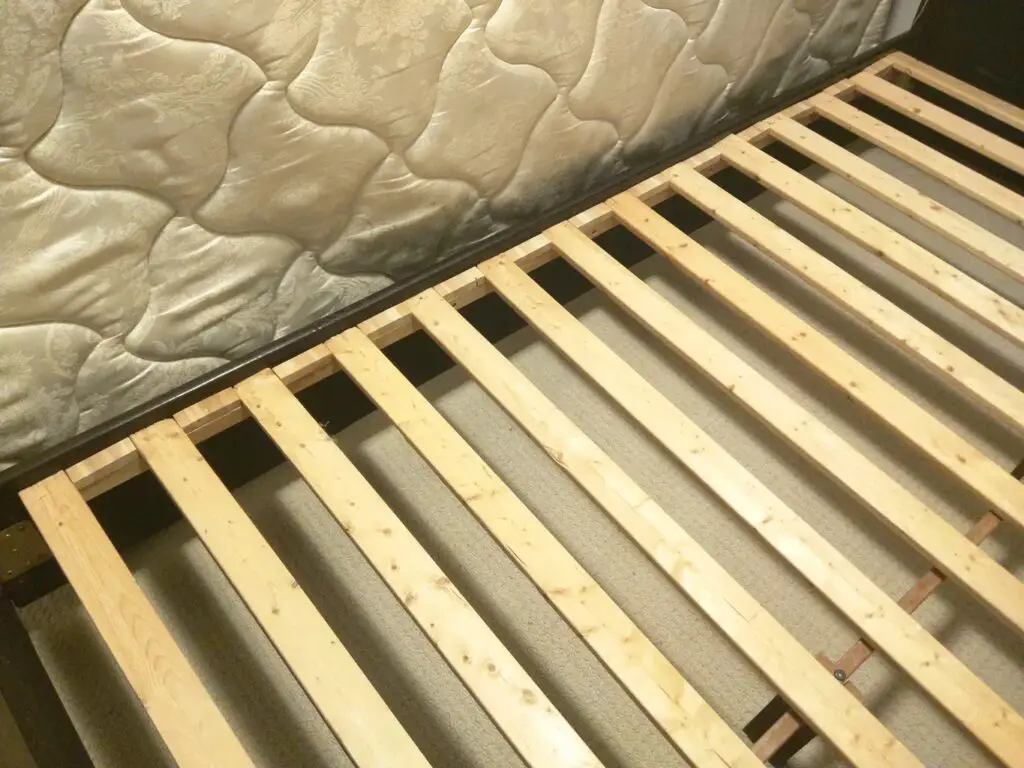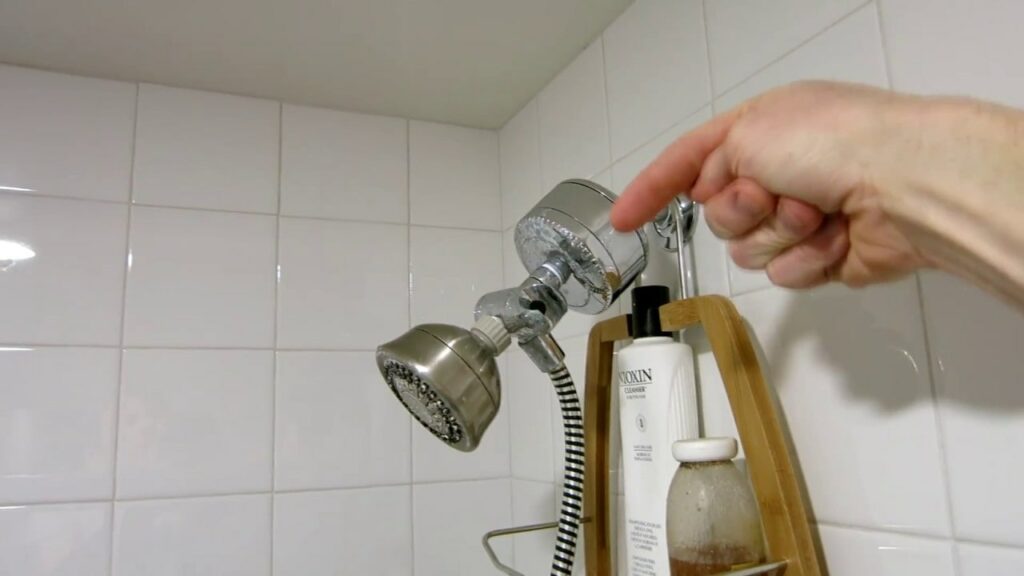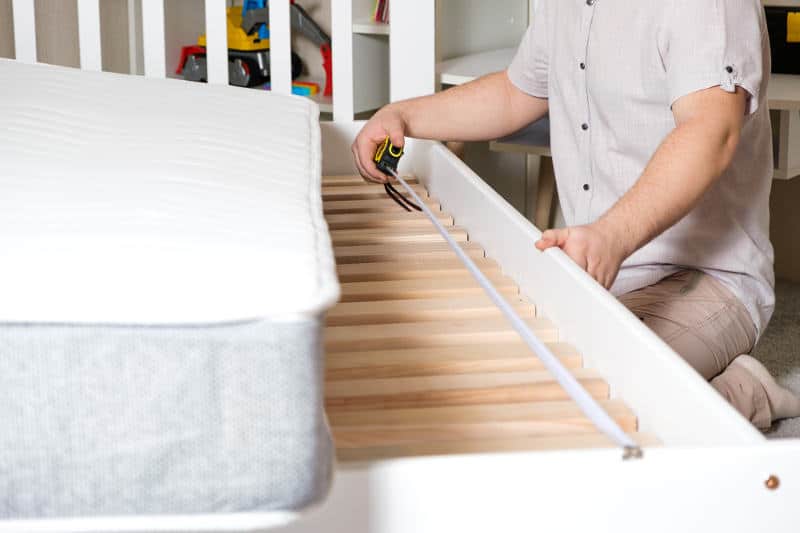If you have extra paint, you can store it outside.
Most likely, you’ll want to save the extra paint for future touch-ups, one issue of much-storing paint after a project is finished.
Paint should not be kept in hot, cold or extremely humid conditions for an extended period since it is sensitive to extreme temperature changes.
The reasons why paint shouldn’t be kept outside are discussed in this article.
It will also cover additional storage possibilities, how to keep paint, and how to get rid of the paint.
For additional information to store your unwanted paint, keep reading!
Is it OK to Store Paint Outside?

Paint should not be stored outside since temperature has a considerable impact on paint consistency.
High temperatures cause the paint to dry out, which can harm the pigment.
On the other hand, paint can separate at freezing temperatures, harming the emulsion.
Humidity-related moisture can contaminate paint with rust flakes in a different way by causing the paint can to rust.
Paint comes in two main varieties:
- Water-based paint.
- Oil-based paint.
To make sure that you keep your paint as best you can, it would be beneficial for you to know how these paints differ from one another.
Oil-Based Vs Water-Based Paint:
At 32 °F (0 °C), water-based paint also freezes.
When properly stored, water-based paints can endure for roughly 10 years.
Contrarily, oil-based paints can be stored properly for up to 15 years and can withstand freezing at a temperature of roughly -4 °F (-20 °C).
What Must I Do Store Paint Outside Freezes?

Paint that freezes could still be usable. You must allow it to defrost completely.
Use a paint stick to completely combine after defrosting. You can also choose to have it shaken at a hardware or paint store.
The paint may occasionally keep its original thickness, texture, and consistency.
After defrosting and stirring, if the paint has changed in any way, it is no longer good and needs to be properly disposed of. Bad paint can occasionally have an unpleasant odour.
Finally, you should paint a test surface. Paint is bad if it spreads unevenly or is otherwise not smooth.
How to Get Rid of Unwanted or Bad Paint:

As paint can be dangerous to the environment, it must be disposed of safely. It’s crucial to take the right safety precautions, especially when getting rid of oil-based paint.
When it dries off, water-based paint can simply be tossed away, but it must be entirely dry.
If you’d like, you can mix equal volumes of kitty litter and water-based paint. After approximately an hour, the mixture should be thick and immobile.
After then, it can be discarded like any other piece of trash.
Combustible oil-based paint has high quantities of volatile organic chemicals (VOCs). Oil-based paints are therefore regarded as household hazardous waste.
If you want to know how to properly dispose of oil-based paint, you should check with your local government. On occasion, activities or collection locations are held to get rid of this kind of paint.
Where should I keep my leftover paint?

Paint should ideally be kept between 60 and 80 °F (15 and 26 °C) for storage purposes. This temperature range is comparable to the average home’s room temperature.
When choosing a spot to store your leftover paint outside, bear this in mind.
Paint should be kept in a dry, low-moisture area with a controlled atmosphere. Simply said, make sure it’s not too dry or chilly in there. The room ought to satisfy three requirements:
- Dry.
- Cool.
- Dark.
Basements and closets are some of the best places. To avoid any debris falling in when you reopen the can, make sure the area is clean and clear of dust and grime.
Oil-based paint needs to be stored with extra care. It is combustible, as was previously said.
Oil-based paint should not be stored adjacent to heat sources or open flames, such as pilot lights, due to its combustibility.
A fire or flashover could be started by the fumes.
Tips for Store Paint Outside:
While the location of the paint storage is critical, how the paint is kept safe is also important.
The idea is to keep as much air out of the can as you can. The following are the steps:
- If you’re using the original paint can start by cleaning the rim of the lid.
- After that, protect the lid by covering the top of the paint can with a layer of plastic wrap. This will aid in producing a tight seal.
- Pound the cover into position using a rubber mallet. When using a conventional hammer, place a piece of wood on top of the can if you don’t have a rubber mallet.
- After that, flip the can over. As a result of these measures, the can ought to be airtight and shouldn’t leak. Some folks, however, prefer to keep the cans turned upside down inside of a plastic tub.
- Last but not least, label what you can. Multiple cans of paint that have been kept in storage for a while are simple to mix. It is suggested that you label the paint cans with the colour and the room or location where you used them. Keeping the paint’s colour code would be beneficial as well.
When it’s time to conduct a touch-up, using these suggestions will help you avoid needless headaches.
Also read: How To Paint a Bathroom?
FAQ- Can You Store Paint Outside:
Paint shouldn’t be kept outside throughout the winter.
While it is occasionally acceptable to store paint outside during the summer, it is not recommended throughout the winter.
Because some paints freeze below 32 °F (0 °C), paint should never be stored below 40 °F (4.44 °C).
Paint shouldn’t be kept in a shed outside. Because sheds (or garages) aren’t insulated, paint shouldn’t be kept there because it reacts to chilly temperatures.
Naturally, there are occasions when your only options are garages or sheds.
If this applies to your specific circumstance, keep the paint off the concrete floor and put it on a shelf.
In a heated garage, basement, crawl space, closet, etc.
Your paint should be kept in an area that maintains a temperature that is generally constant between 50 and 75 degrees Fahrenheit.
Also read: How To Get Spray Paint Out of Clothes?
Conclusion:
The paint should not store paint outside, other areas like basements and closets are more suited for storing paint.
You can keep your unused paint for years to come if you have the appropriate information about paint and paint storage.









